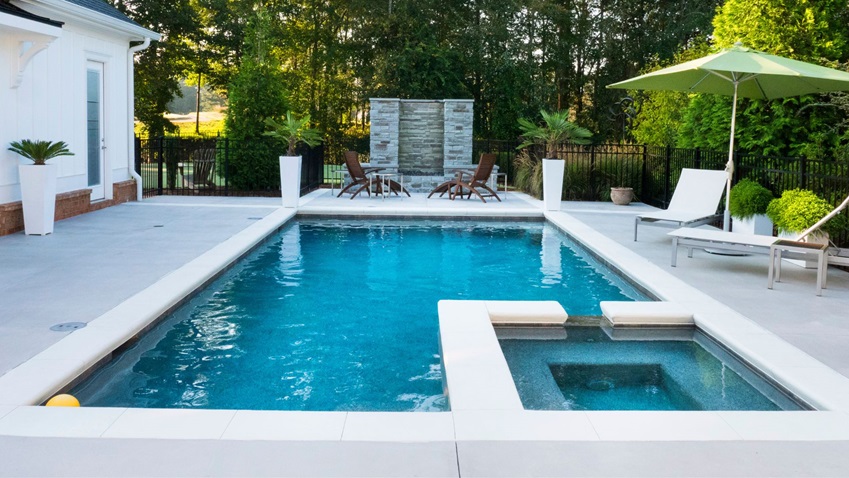

If your pool is showing its age, it might be time to consider resurfacing. Resurfacing can not only improve the look of your pool, but it can also help to protect it from further damage and wear. Moreover, resurfacing can also make your pool more energy-efficient, which can save you money in the long run. In this article, we will provide you with the top three tips for resurfacing your swimming pool to help you get started.
1. Consider Your Pool’s Age
One of the first things you should consider when resurfacing your pool is its age. If your pool is more than 20 years old, it is likely that the original surface is starting to show its age. In this case, resurfacing can not only improve the look of your pool, but it can also help to protect it from further damage and wear. But it is crucial to hire an expert for pool deck resurfacing in Atlanta to ensure that your pool looks as good as new. They will also be able to advise you on the best type of surface for your pool, depending on its age and condition. This is important because the wrong type of surface can actually cause more damage to your pool.
2. Check for Damage
Another factor you should consider when resurfacing your pool is the extent of the damage. If there are only a few cracks or chips, then a simple repair might be all that is needed. But if the damage is more extensive, then you might need to consider resurfacing the entire pool. In some cases, you might even need to replace the entire surface if it is too damaged to be repaired. This is why it is important to hire an expert to assess the damage before you make any decisions. And remember, even if the damage is only minor, it is important to repair it as soon as possible to prevent it from getting worse.
3. Choose the Right Surface
Once you have decided that resurfacing is the best option for your pool, the next step is to choose the right surface. There are a wide range of options available, from concrete to tile, and each has its own benefits and drawbacks. It is important to consider the age of your pool, the type of damage, and your budget when making your decision. You may even want to consult with an expert to get the best advice for your situation. But whatever surface you choose, make sure it is durable and will be able to withstand the weather and wear and tear.
The Bottom Line
These are just a few of the things you need to consider when resurfacing your pool. But if you follow these three tips, you should be able to find the best option for your needs. And remember, if you are ever unsure about anything, it is always best to consult with an expert. After all, they are the ones who know the ins and outs of resurfacing pools and will be able to advise you on the best course of action.





